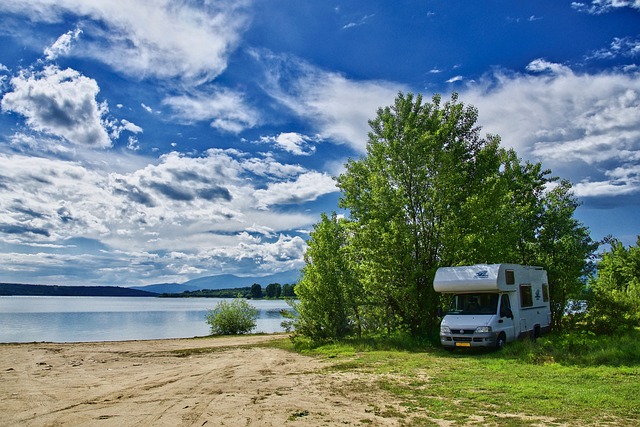Adhering to Leave No Trace (LNT) principles is crucial for preserving national forest locations by minimizing human impact on sensitive ecosystems, promoting stewardship, and ensuring protection for future generations through responsible outdoor recreation practices like staying on trails, proper waste disposal, and respecting wildlife habitats.
Discover the art of responsible outdoor recreation with Leave No Trace—a set of principles designed to minimize human impact on nature. This guide explores how these concepts can transform your adventures, especially in national forest locations. Learn about core principles ranging from proper waste disposal to respectful wildlife interactions. We’ll delve into practical techniques to ensure you leave only footprints behind, preserving the beauty and biodiversity of these precious natural spaces for future generations.
- Understanding Leave No Trace: A Conceptual Overview
- National Forest Locations: Ideal Settings for Practice
- Core Principles: Minimizing Impact on the Environment
- Techniques and Practices: Leaving Only Footprints Behind
Understanding Leave No Trace: A Conceptual Overview

The Leave No Trace (LNT) principles are a set of guidelines designed to minimize human impact on natural environments, especially in sensitive areas like national forests. It’s a concept that encourages responsible outdoor recreation and stewardship. At its core, LNT is about respecting and preserving the land for current and future generations by recognizing and mitigating our effects on ecosystems.
In National Forest locations, these principles take on added importance due to the high footfall of visitors and potential environmental sensitivities. By adhering to LNT practices, such as staying on designated trails, properly disposing of waste, and respecting wildlife, outdoor enthusiasts can help protect the pristine beauty of these natural habitats.
National Forest Locations: Ideal Settings for Practice

National forest locations offer the perfect setting for learning and practicing Leave No Trace principles. With vast expanses of untouched wilderness, these areas provide an ideal environment to appreciate and protect natural ecosystems. Whether it’s a camping trip or a hiking expedition, national forests allow individuals and groups to connect with nature while minimizing their impact.
By adhering to Leave No Trace guidelines, visitors can help preserve the pristine condition of these national forest locations. This includes responsible waste management, respecting wildlife habitats, and avoiding disruptive activities. Such practices ensure that future generations can also experience the beauty and serenity of these natural spaces, fostering a deeper appreciation for the environment.
Core Principles: Minimizing Impact on the Environment

The Leave No Trace principles are designed to minimize human impact on nature, especially in sensitive areas like national forest locations. At their core, these principles emphasize responsible outdoor behavior that respects wildlife, preserves ecological integrity, and protects scenic vistas. By following these guidelines, adventurers can ensure their activities don’t leave a negative mark on the environment they explore.
One of the key aspects is leaving no trace of human presence behind. This includes properly disposing of waste, avoiding disturbing natural habitats, and respecting designated trails to prevent erosion. In national forest locations, adhering to these principles helps maintain the balance between recreation and conservation, ensuring future generations can also experience the beauty and diversity of our natural landscapes.
Techniques and Practices: Leaving Only Footprints Behind

In the spirit of preserving our natural wonders, especially in national forest locations, mastering techniques for leaving only footprints behind is paramount. This principle encourages outdoor enthusiasts to minimize their impact on the environment by carefully considering every action while hiking or camping. For instance, staying on designated trails helps prevent damage to delicate ecosystems and keeps wildlife undisturbed.
Instead of leaving a trail of trash, practice responsible waste management by packing out what you pack in. Carrying a reusable water bottle, using biodegradable soap for washing, and opting for eco-friendly personal care items are practical steps. Also, dispersing campfires responsibly, using established fire rings, and never lighting fires during dry seasons can effectively curb the risk of wildfires. These practices collectively contribute to preserving national forest locations for future generations.
